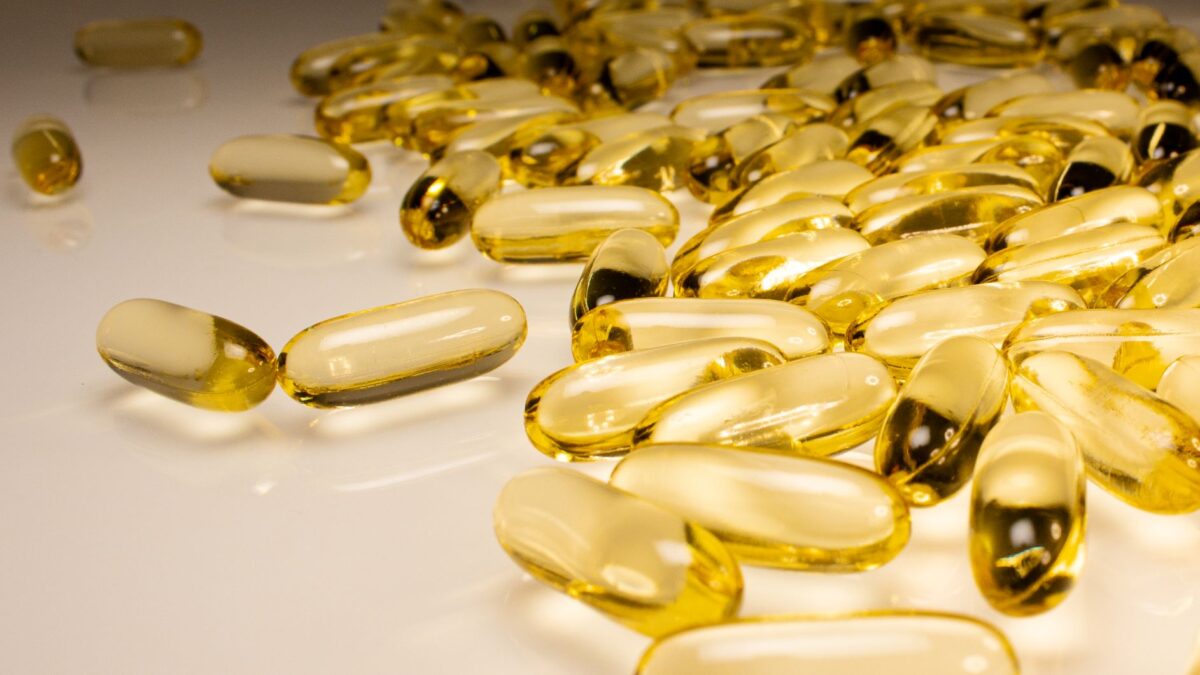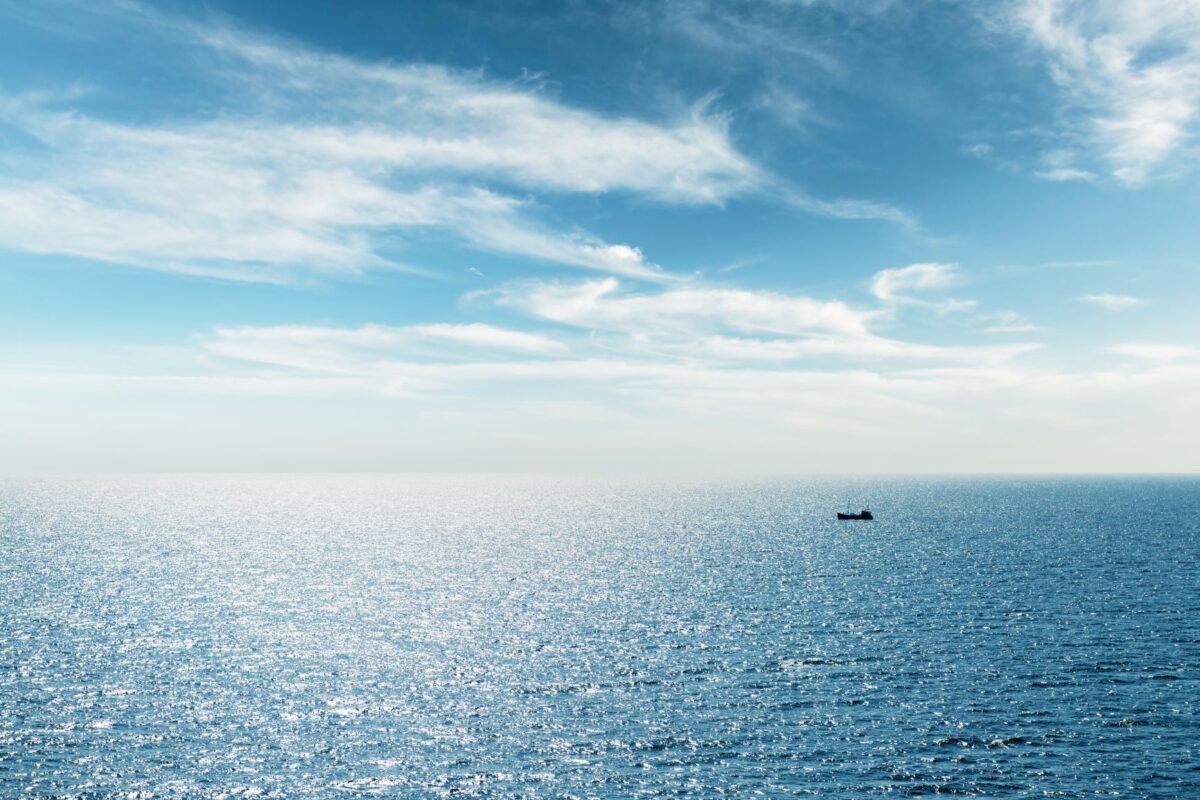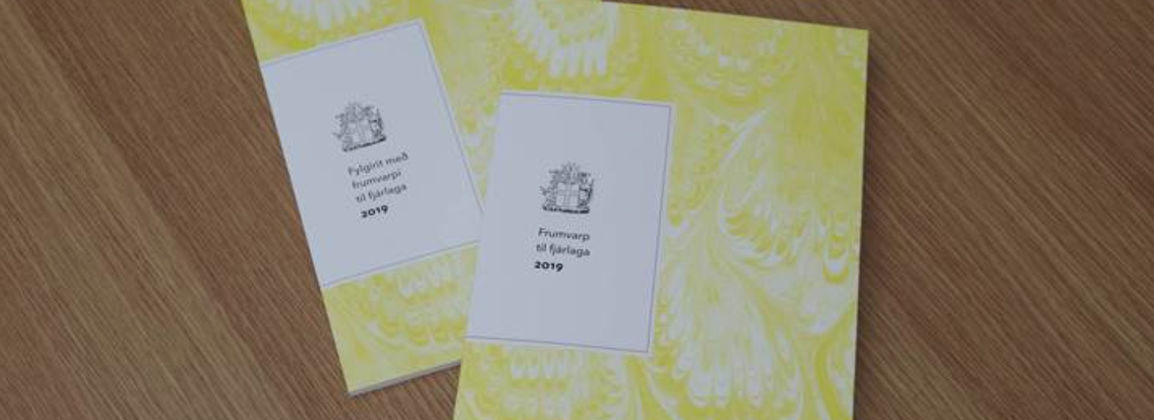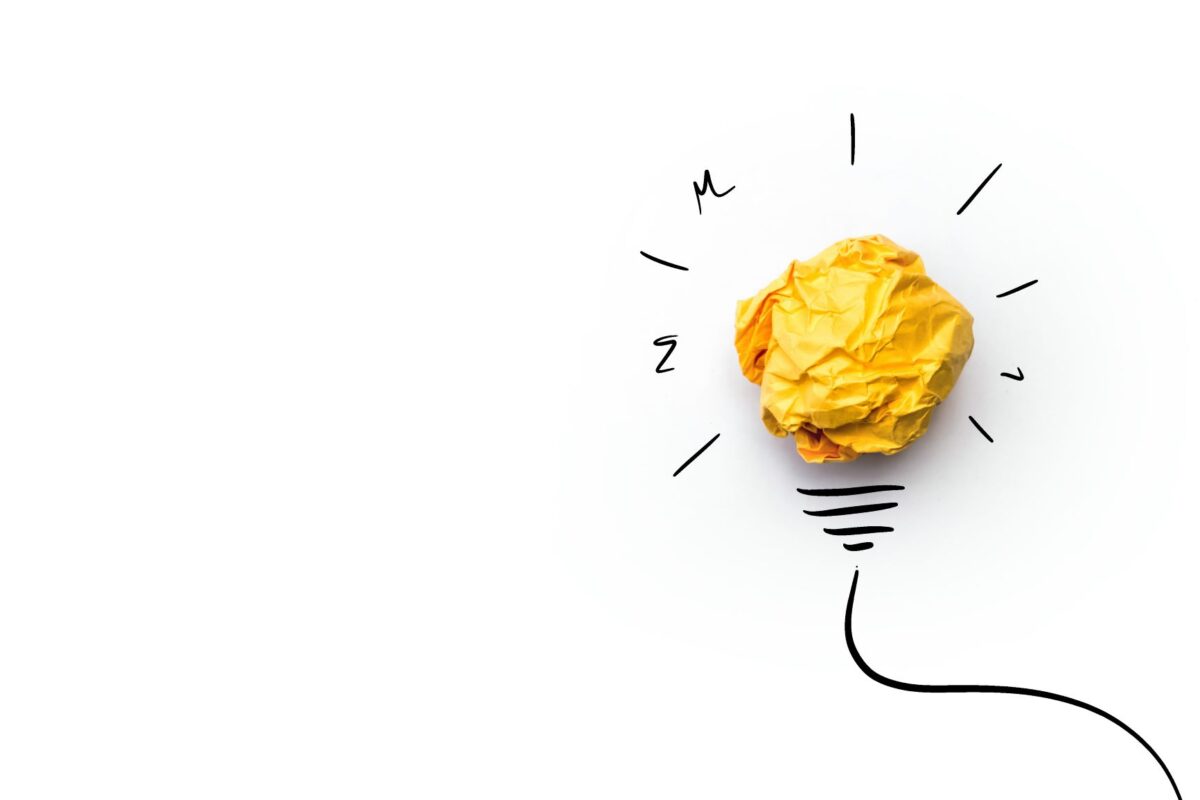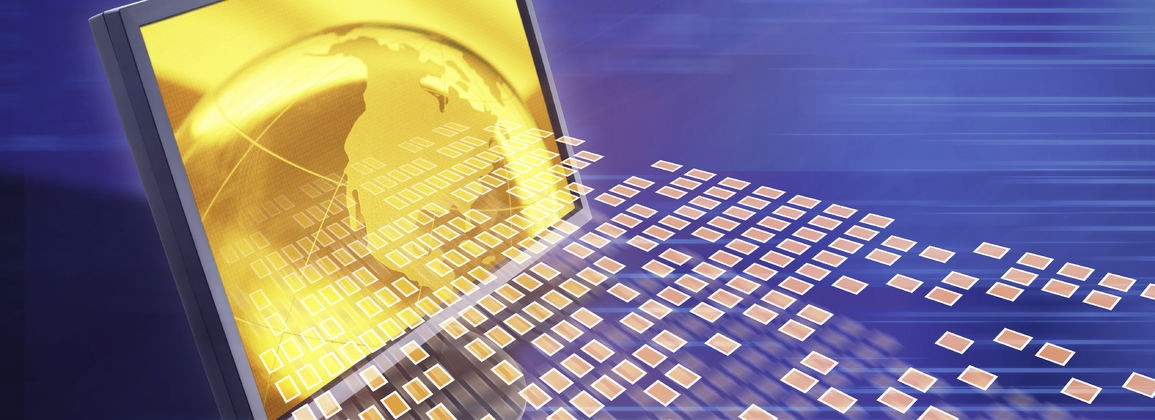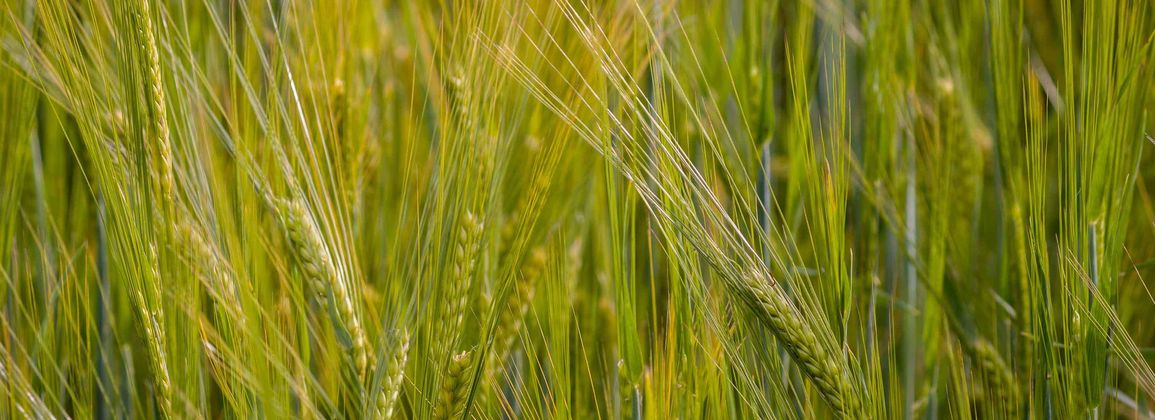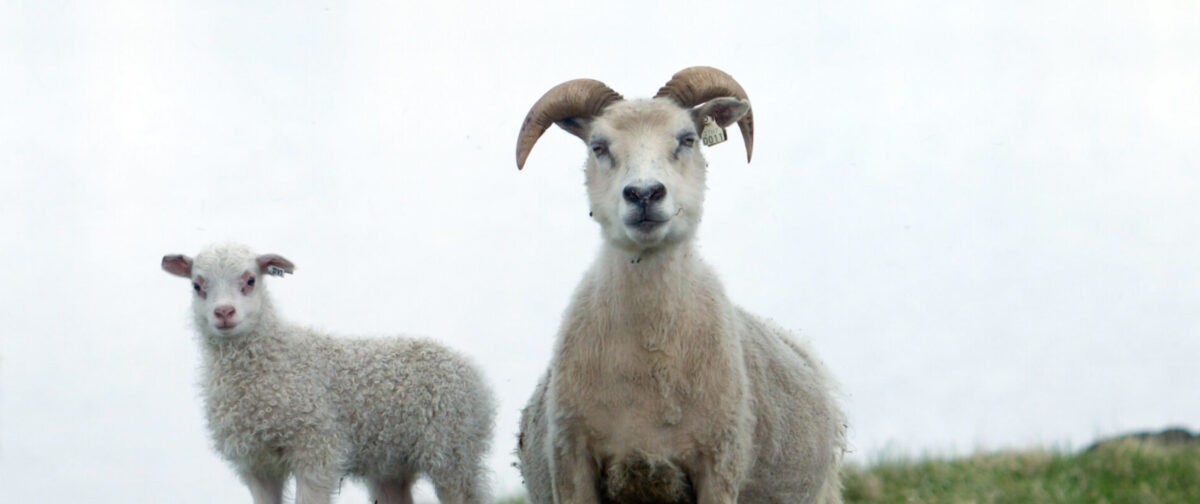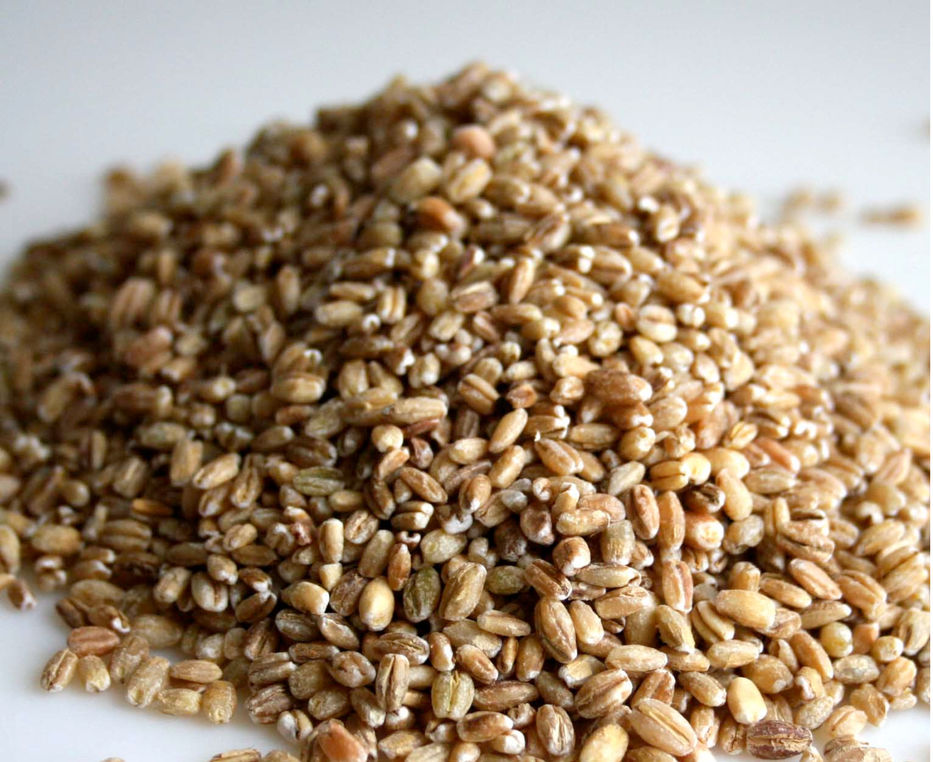Örsláturhús is discussed in Bændablaðið today in an interview with Hrönn Ólína Jörundsdóttir, division manager at Matís. The idea of a slaughterhouse has come up more and more often in recent times, but it is a new possibility for farmers to serve their customers directly with home-slaughtered products.
In the interview, Hrönn points out that domestic slaughter is allowed by law, when a farmer slaughters at home on a farm and for his own use. On the other hand, the sale and distribution of home-slaughtered products is prohibited, ie. sales and distribution of products outside the farm. Hrönn points out that sales of home-slaughtered products are quite common behind the scenes and it is really a small matter to get home-slaughtered meat.
"The reason for banning the sale of home-slaughtered products is that the animals are slaughtered […] without any supervision and in a facility that in most cases is not approved for food production," says Hrönn. "After that, one can ask oneself whether the products are not as much of a threat to the locals on the farm where the slaughter took place and to others, should something happen."
Hrönn points out that the situation of sheep farmers today is difficult and that it does not look like it will change much in the near future. "At Matís, we believe that innovation is the key to the development of agriculture, recruitment in the industry and the strengthening of settlements. Our idea at Matís is that farmers will be enabled to innovate at home and that instead of having to buy the services involved in killing the animals, we suggest that it be made possible by regulation to set up a kind of slaughterhouse. This would enable farmers to slaughter at home, process products from the raw material and sell them directly from the farm. "The interview is published in Bændablaðið today.


